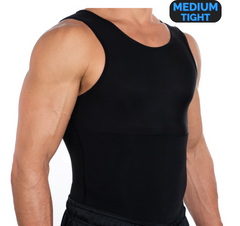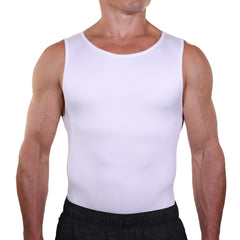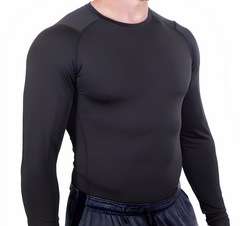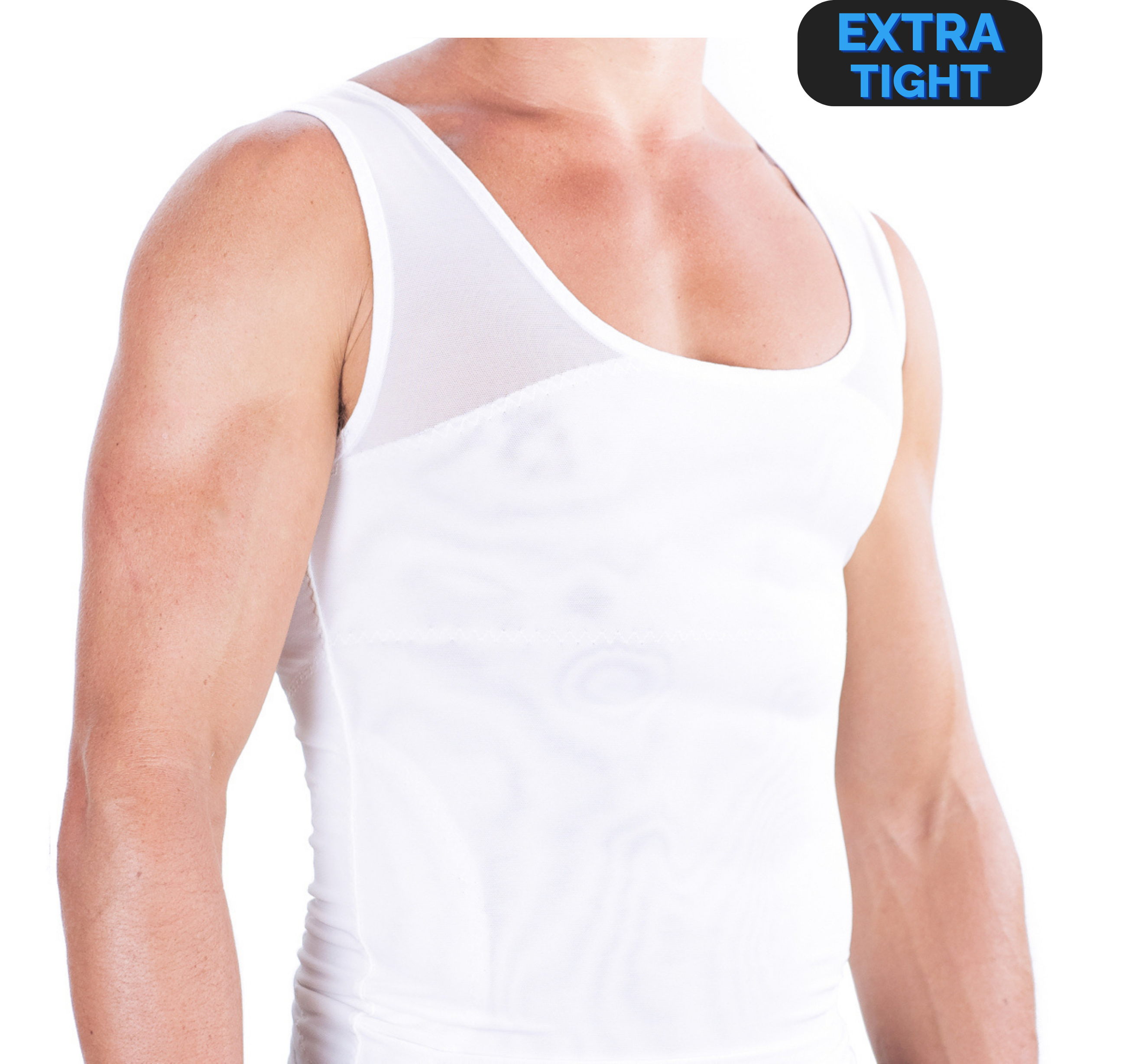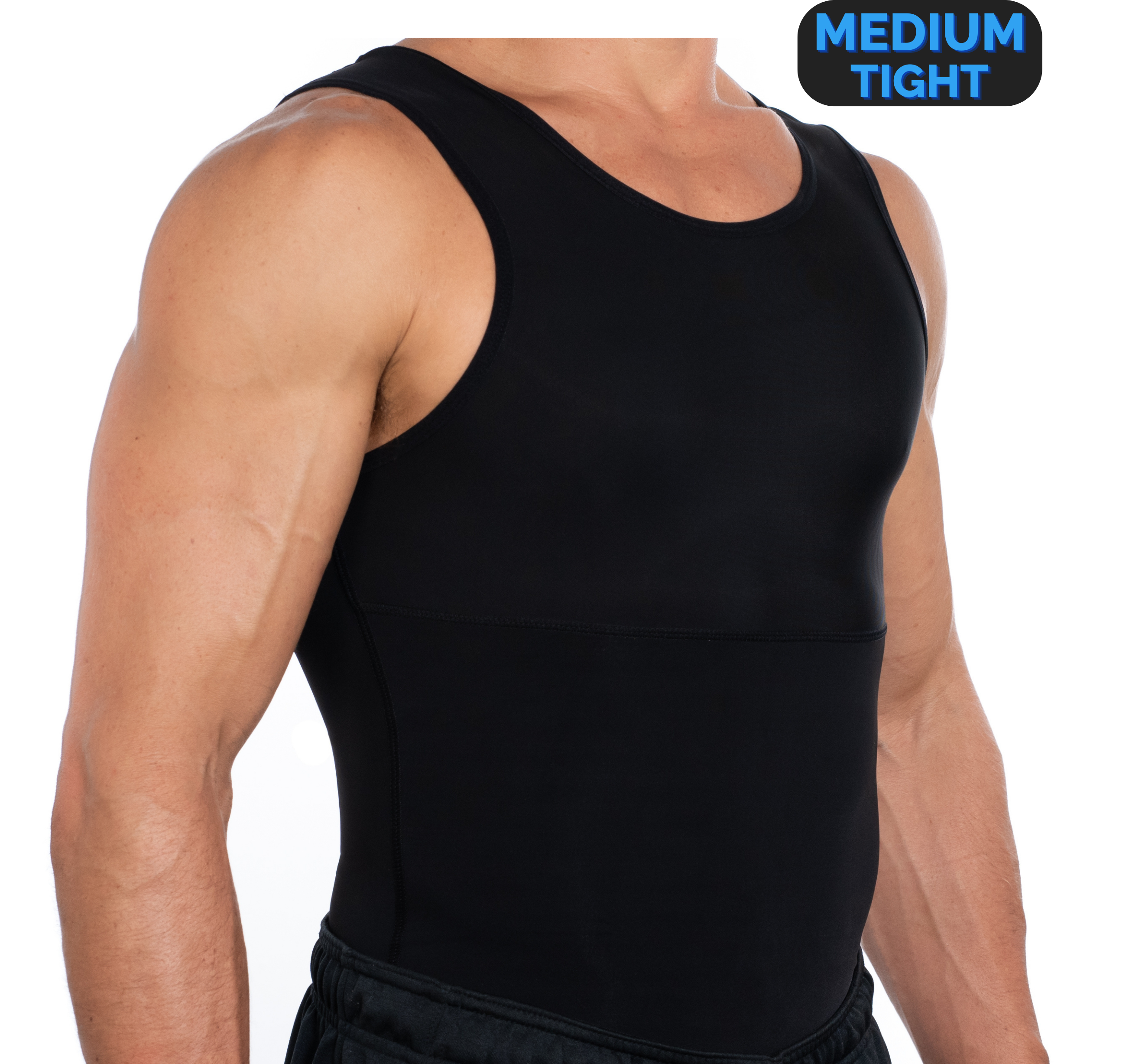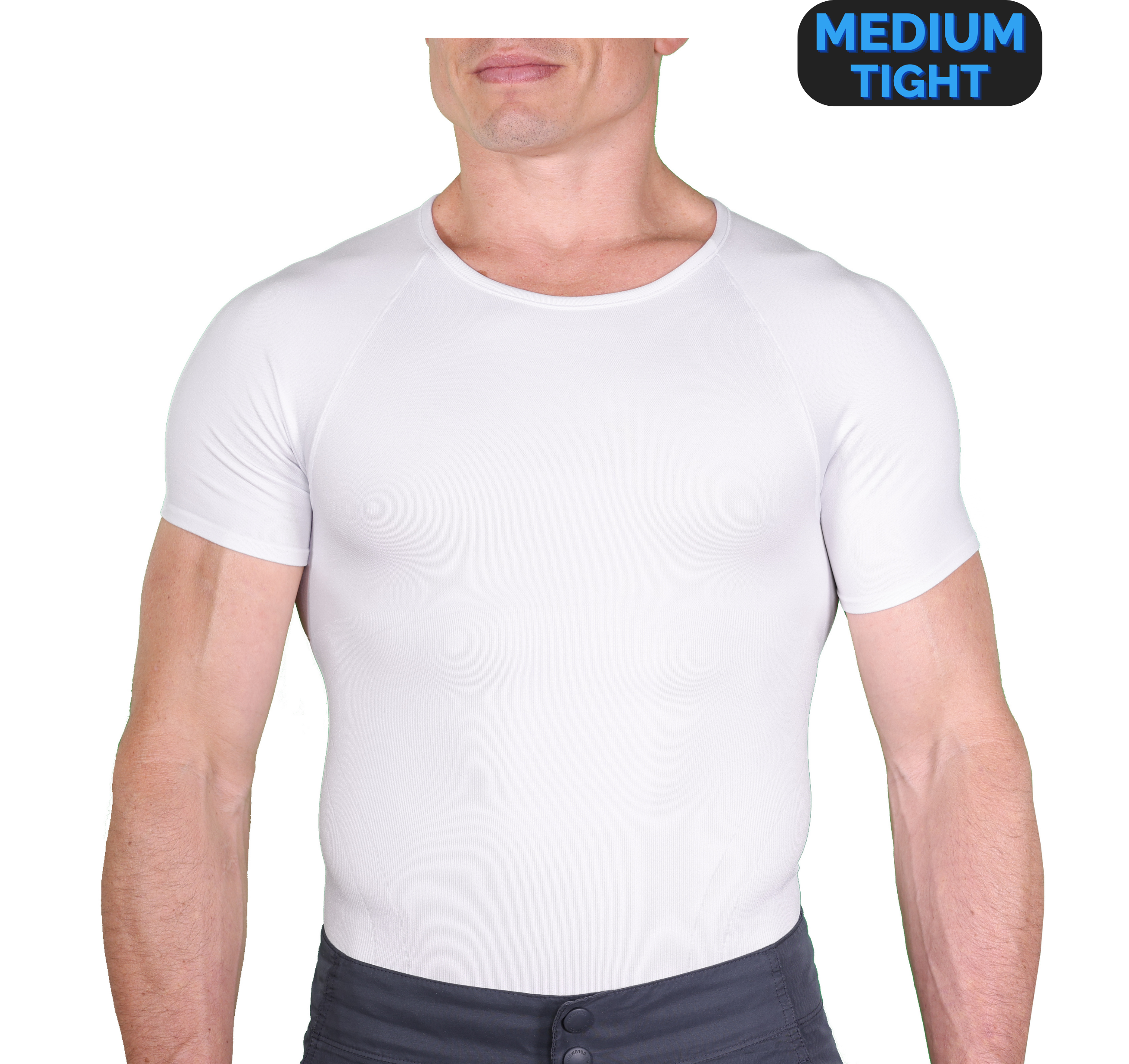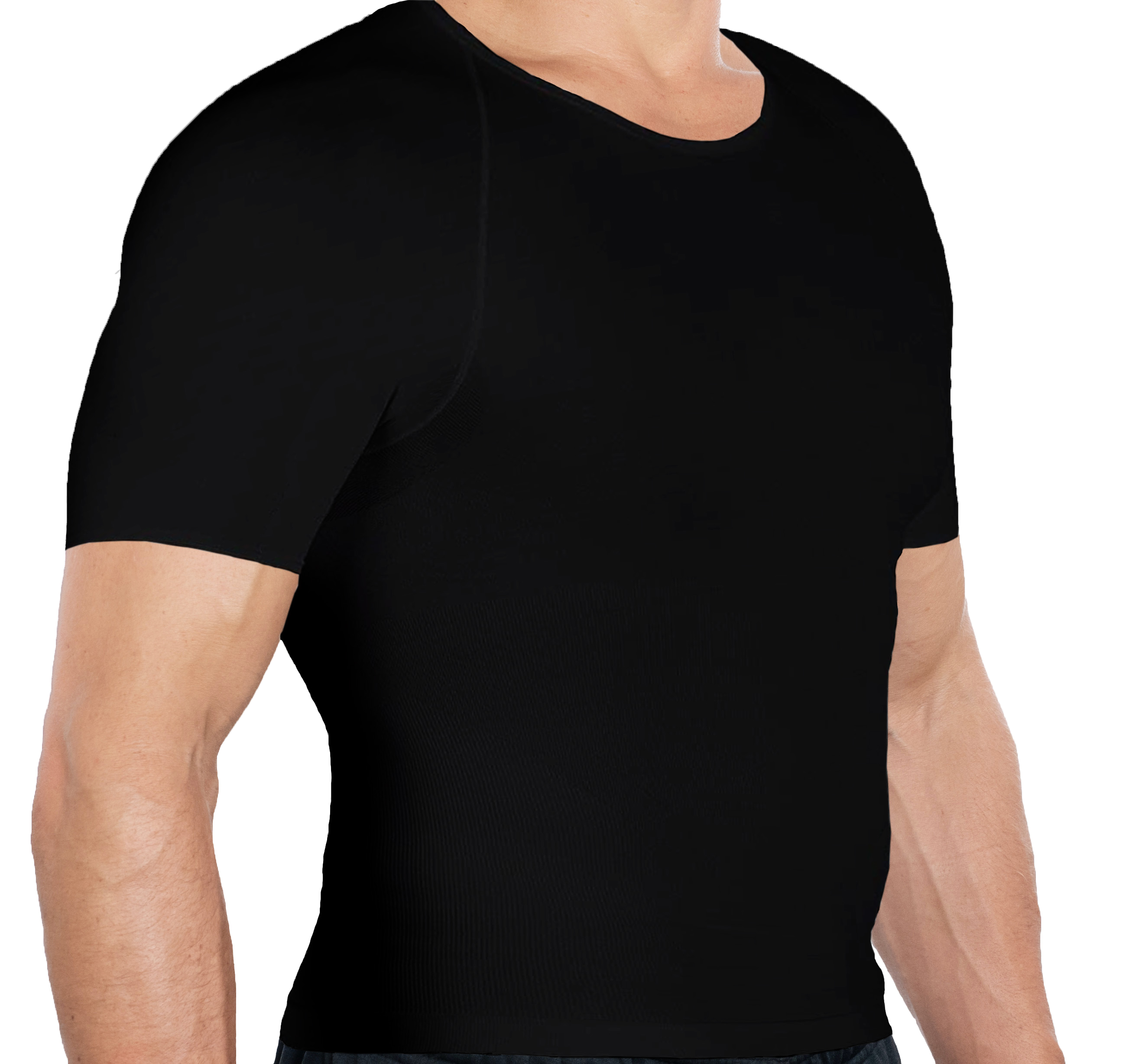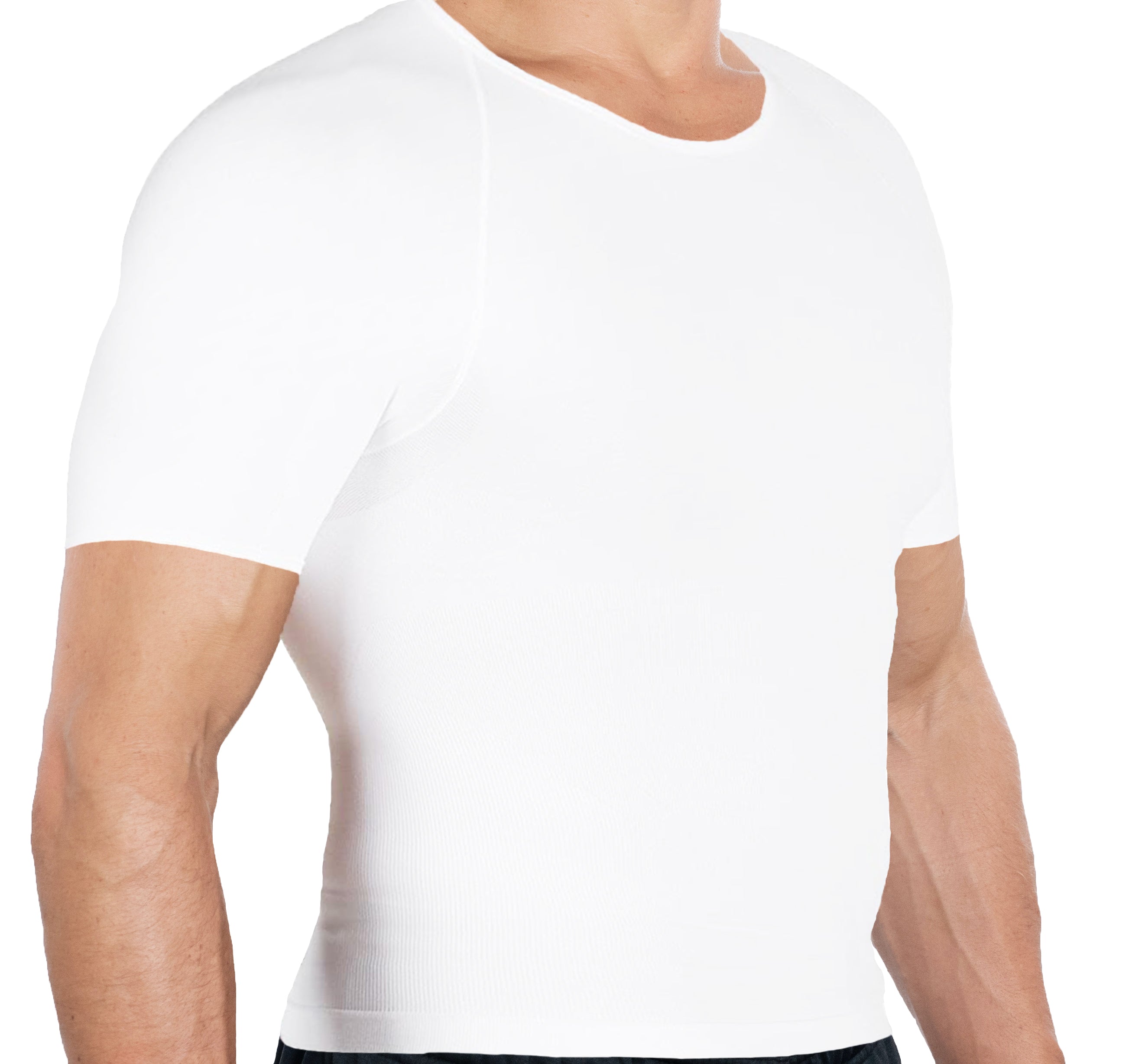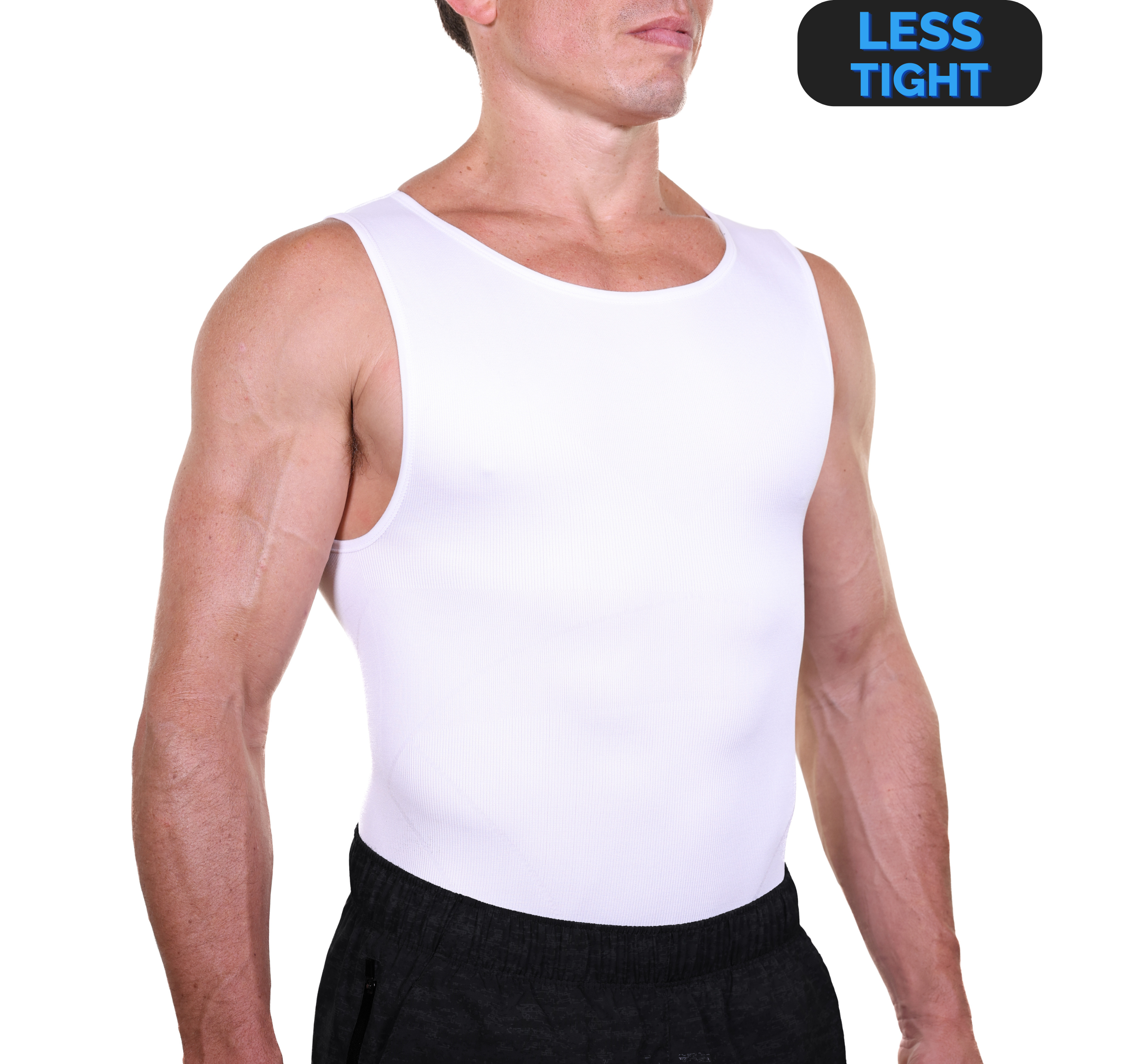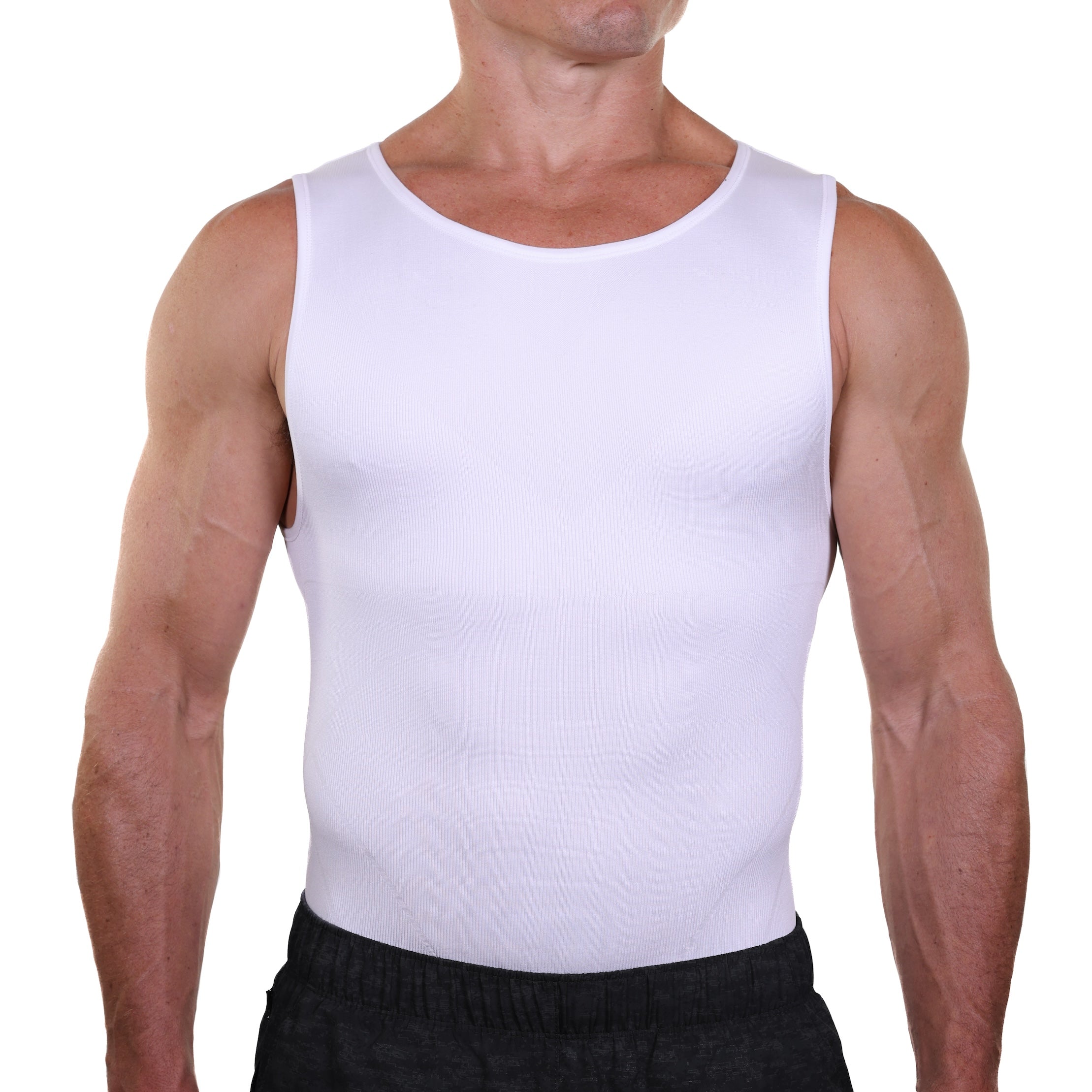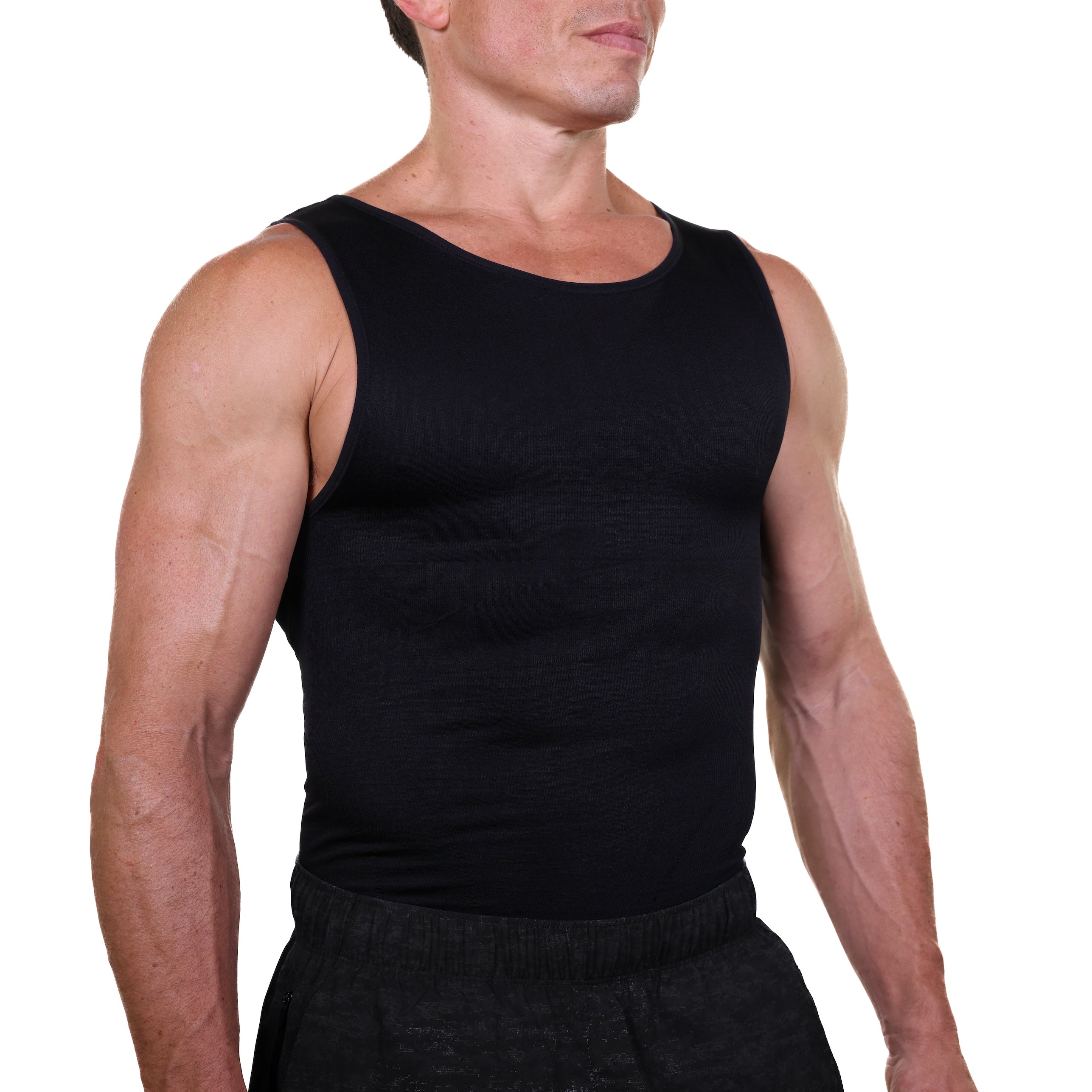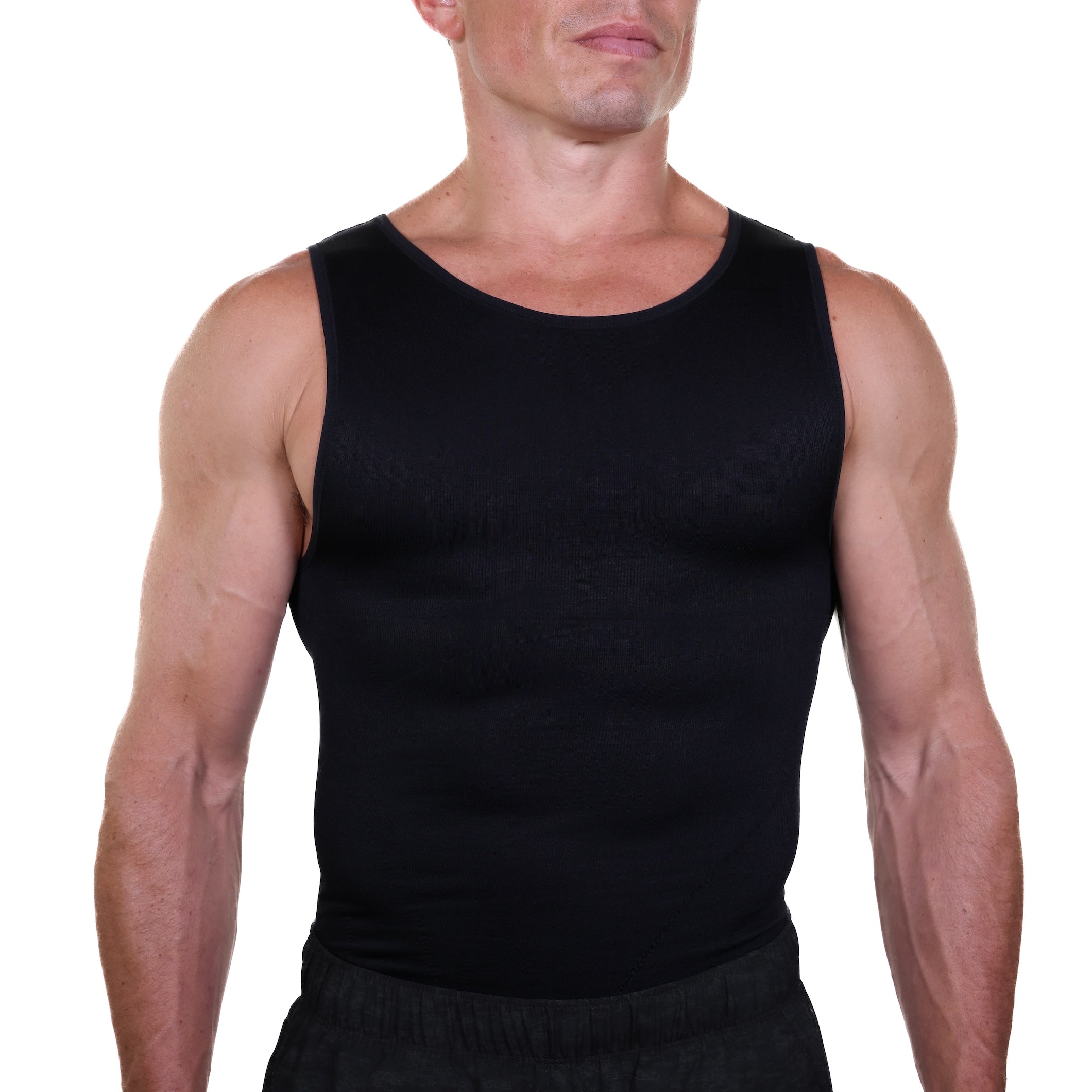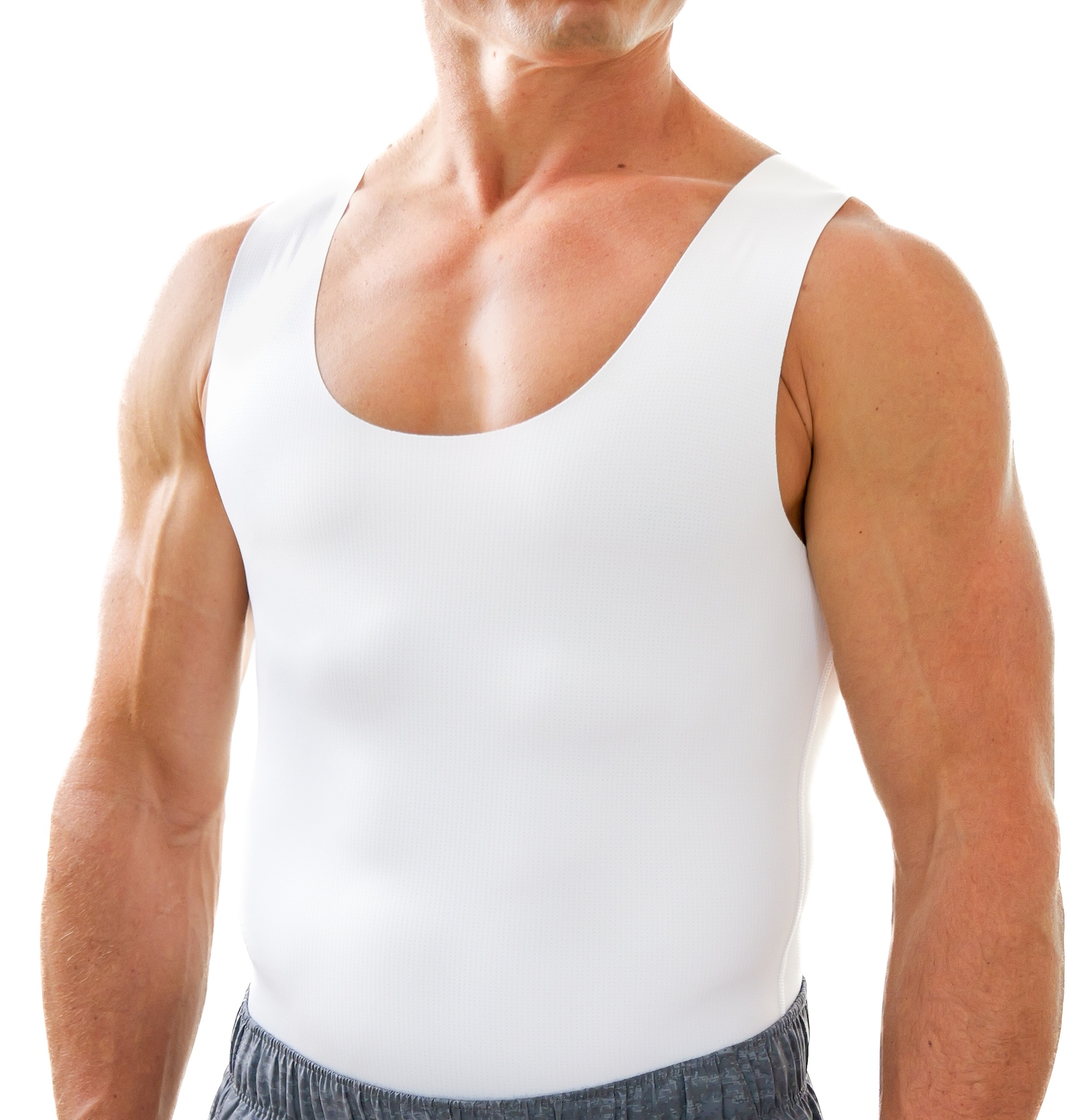People have known about the benefits of compression for thousands of years. Old cultures used tight bandages for many reasons, like stopping swelling and helping with joint or muscle injuries.
As our tech gets better, we've learned more about compression, and we're using it in more ways.
Take World War II, for example. The army gave its soldiers tight socks to stop blood clots during long drives and flights.
Want to know how compression clothes work and the science behind them? This post will tell you all that and more.
What are compression garments made of - fibers used
Compression clothes are a mix of fabrics made to fit on the body without making a person look weird or feel uncomfortable.
Fabric blends and single fibers manufacturers use differ in style because each has its advantages. The most common fibers include:
Nylon
Nylon is a non-stretching, man-made thermoplastic polymer that feels silky and smooth. It plays a key role in compression wear.
It's light, easy to clean, and tough, so it can withstand shrinking after washing. Companies use a lot of nylon to make compression clothing because it enhances the garment's performance.
Spandex (Lycra)
Lycra often called spandex, is a light fabric and one of the top stretchy materials.
Spandex has durability and stretch making it perfect for athletic wear. Like nylon, it plays a key role in compression clothing, as it can stretch over body parts and put pressure on them.
Cotton
While spandex and nylon are the main materials in compression gear, some items have cotton too. Woven cotton lets the body breathe by letting moisture out. It also feels nice and soft, which adds to comfort.
Modal
Many think modal is an eco-friendly fabric that gives compression clothes flexibility and toughness.
Modal fiber feels very soft and smooth, and it soaks up moisture well.
You might come across other materials in compression wear such as Coolmax, Acrylic, Polyester, and Tencel.
Making compression fabric by weaving fibers
Companies mix the materials mentioned above to create compression fabrics that are light, comfy, and long-lasting.
Lycra can make up to 20% of the fabric, while nylon can account for 70% to produce a stretchy garment that keeps its shape. However, no set ratio exists. The garment's use determines the type and amount of fiber used.
The compression clothing you choose will have extra features that makers add by mixing different fabrics, based on its use and style. These include:
- Big cuffs
- Airy mesh
- Shock cushioning
- Extra cushioning
- Foot arch support
How compression clothes work
Compression wear puts varied pressure on your body. The fabric squeezes hardest on the main problem area such as your belly, leg, or back.
The careful pressure pattern mimics how your body moves blood. It pushes blood from one spot to your heart and then back again.
Blood vessels move blood all over your body. Arteries take oxygen-rich blood to different parts, while veins push blood back to your heart.
But some things, like not moving enough or swelling, can mess up this process. This can make blood build up in some areas.
Compression garments have an influence on managing these conditions by putting external pressure on the body. This pressure shrinks the vein diameter and speeds up blood flow helping blood return to the heart . This leads to less blood pooling and fewer blood clots.
Problems like lymphedema and lipedema can overload the lymphatic system, which plays a key role in balancing fluids. Compression garments push on the body to force lymphatic fluid to move and go back into circulation.
Other uses for compression garments
Besides health benefits, people use compression wear for many other reasons.
Compression garments have an impact on post-surgery recovery. They prevent blood clots, reduce swelling, and ease pain. The garment fibers stretch to apply pressure on the affected area while keeping you comfortable.
Athletes wear compression to avoid injuries and boost performance. These clothes hold muscles tight during workouts, which cuts down on vibration and movement.
Because of this, your blood flows faster. This gives you more energy and helps your tissues heal quicker after you train.
Also, some folks wear compression clothes in their day-to-day life. These garments help fight tiredness and give extra support, which is great if you sit or stand for a long time.
Scientific evidence of compression garments benefits
Compression wear has stood the test of time and many scientific studies have highlighted its effectiveness.
A study published in the Vascular Surgery Journal showed that people with Venus leg ulcers got better faster when they used compression therapy compared to those who didn't.
The Archives of Physical and Rehabilitation released a report that talked about how compression wear helps athletes' muscles recover and boosts their overall performance. Another study on leg swelling found that patients who put on compression garments had less swelling.
Final words
Compression garments have an essential role in our daily lives. They help boost blood circulation, speed up recovery, stop buildup, and enhance how we look. Makers design and build these garments based on lots of scientific studies making sure they do everything they're meant to do.




